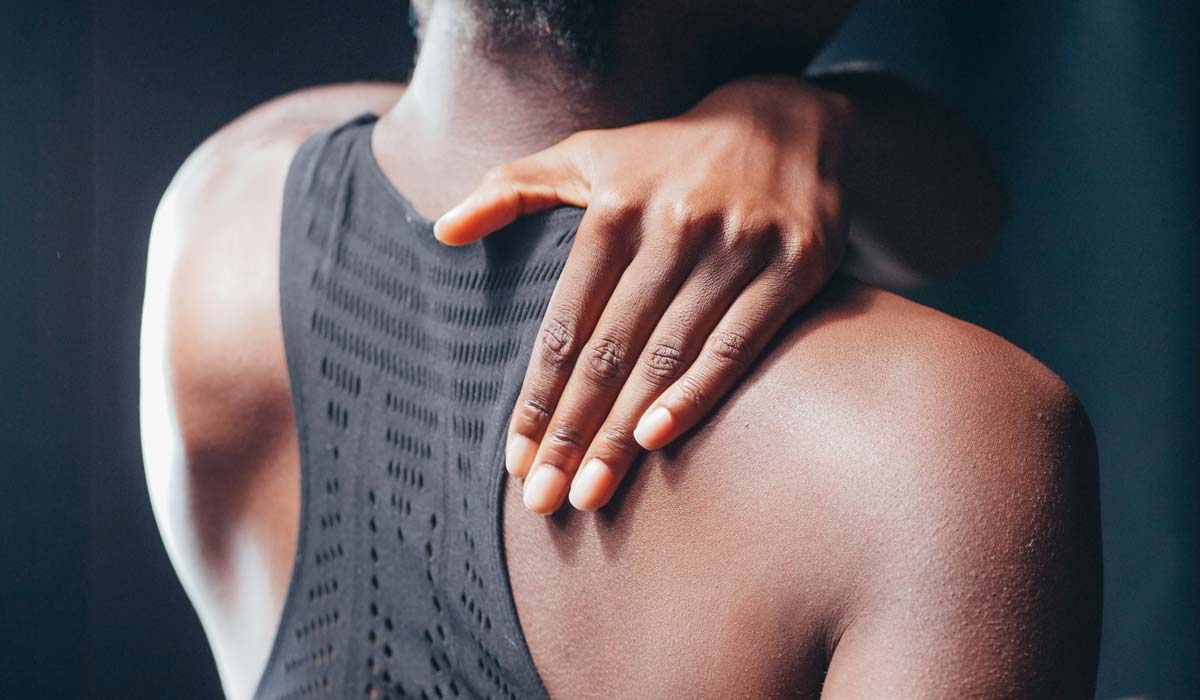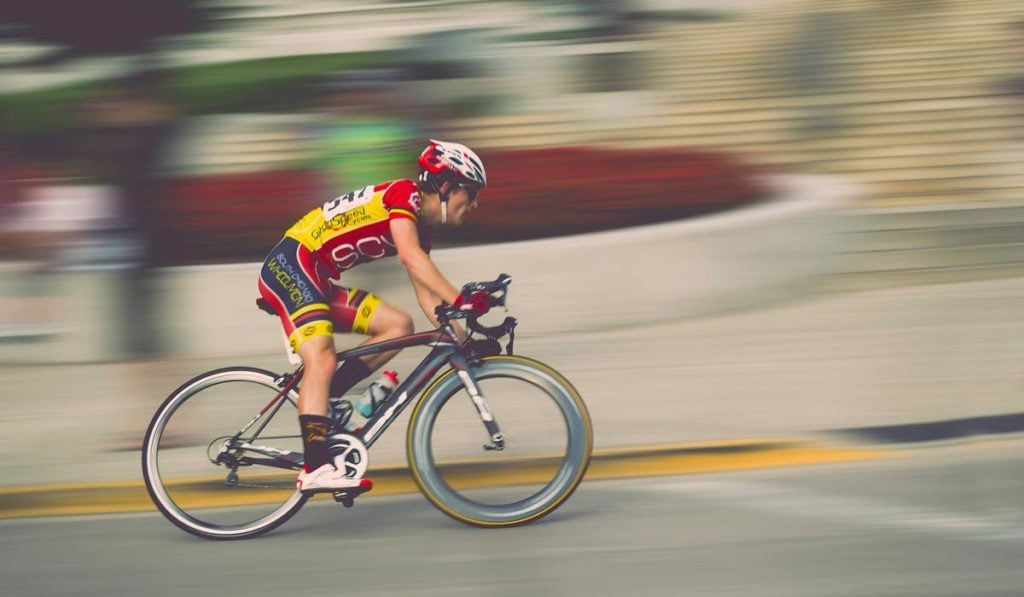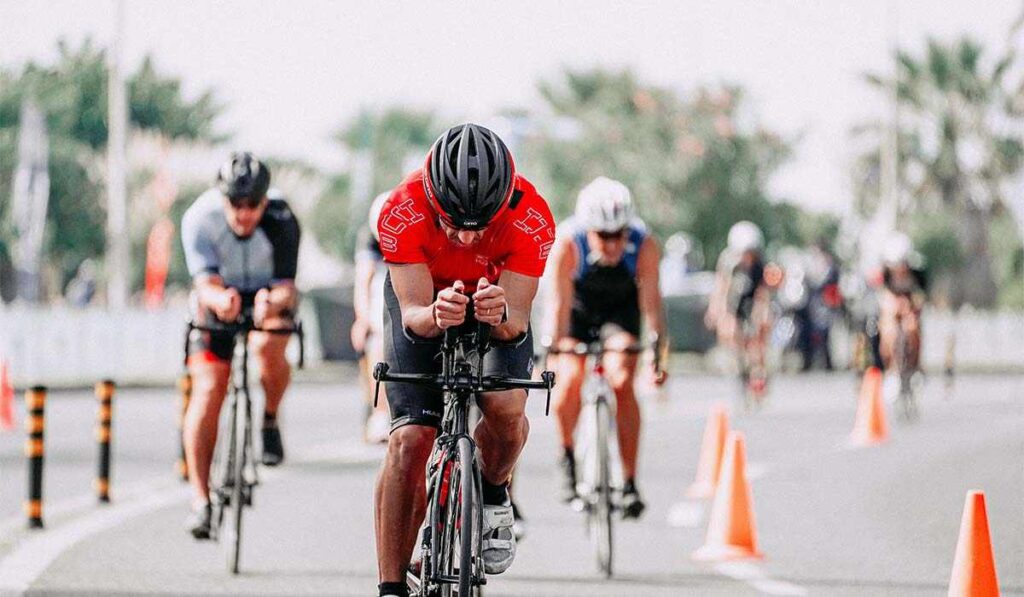
Returning to Training After a Cycling Injury
Getting back on the bike after a cycling injury can be exciting and daunting at the same time. As cyclists, we are often eager to get going again and be back in training, but after a cycling injury, you want to be careful to do what you can to not injure yourself again. So here are a couple of tips for when you are feeling ready to get back on the bike.
What to do after a cycling injury?

The steps you take immediately after a cycling injury (or frankly, any injury) are crucial to how your body will handle your cycling injury. By having a better understanding of what your cycling injury is, and taking some time to rest, you can better recover in the first place.
Rest
Taking some time to rest after a cycling injury is important for any healing process. Even minor cycling injuries will require some rest to recuperate. While more severe cycling injuries will certainly require time off. Regardless of the type of cycling injury, you want to avoid overworking and overextending yourself.
Talk with an expert
Chatting with an expert will help you understand more about your cycling injury, how much time you need to rest, and figure out a plan for recovery.
Health professional
Before you do anything, be sure to talk to a health professional about the cycling injuries you are facing. They will be able to tell you more about your specific cycling injury. Because every cycling injury is slightly different, both in its individuality and severity, you’ll want to understand the basics of your own cycling injury.
Physical therapist
Many cyclists work with physical therapists as a part of their recovery. While this may not be necessary with less severe cycling injuries, for serious injuries it is very common. Physical therapists typically work to restore mobility and functionality. For riding, this is important because you can protect your body from hurting itself in the basic functions and get closer to your overall output.
Physical therapists can also be helpful because they will identify what parts of the body need to be worked on and give you exercises to do at home and during the appointment.
You may also find that some physical therapists are specifically trained to work with cyclists. This means they are well aware of cycling needs and are trained to help with bike fit, bike mobility, and cycling injuries.
Trainer
A trainer is often the last expert person someone talks to, once they know their injury and are signed off to start training again. While bike trainers are thought of to improve your cycling for a ride or race, they can be helpful in times of injury to challenge without overexerting yourself.
How to resume cycling after an injury?

Once you are ready to get back on the bike, you’ll want to resume training and be smart about it. Although it’s tempting to dive in right away, you don’t want to overexert yourself, set yourself back, or worse, risk injury again.
Use an indoor trainer
Using an indoor trainer after a cycling injury is recommended because trainers take variables like traffic, weather conditions, and accidents out of the equation. While this doesn’t mean you should never go on an outdoor ride, it does mean that while fresh from recovery, indoor trainers are a safer bet.
The other aspect of an indoor trainer is its accessibility. When you are recovering from an injury you want the ability to jump off the bike and rest if you are experiencing discomfort. Or have the option to work on small rides at a time.
A general rule of thumb for many cyclists is that however much time you were out from the injury will be the amount of time it takes to get back to where you were before the injury. While you are getting back into it, we recommend spending at least the first half of that time on an indoor trainer.
Want to ride on an indoor trainer and explore the world? Check out Vingo for indoor trainers.
Cross-train
Another great thing to do after (or even, depending on the cycling injury, sometimes while recovering) is cross-training. Cross-training can help you build up other muscles that support your biking.
Here are a couple of our personal favorites (but know that there are many more!)
Yoga
Yoga isn’t just about flexibility, nor is it just about breathing and stretching. Yoga has dozens of different styles that can assist you physically and mentally. Most gym, studio, or online yoga classes consist of a sequence that works on,
- Backbends: strengthening and lengthening your lower back
- Core: you’ll work on core strength in almost any yoga pose
- Hip openers: stretch out hips (great for us bikers!)
- Balance: working on one-legged balancing
- Twists: twisting and finding a range of motion through the spine
As you can see, this can be a comprehensive exercise that can be a good counterbalance to biking.
Swimming
Swimming and biking go together like peas and carrots (did you catch that Forrest Gump quote?) no, but really! Most swim coaches may encourage their athletes to hop on a bike at one point, and most biking coaches will encourage swimming.
Swimming can help you build a strong core and back. Additionally, swimming movements can stretch out the body while still working on cardio capacity.
Strength training
Although perhaps not as enticing as the others (although it depends on the person)but equally important and can become fun is strength training. Strength training is a great counterpart to biking. Building strength for any sport can help you be faster and avoid injury in the future.
Track your riding metrics
While many cyclists track their metrics, when you are recovering from a cycling injury, we especially recommend it. That’s because by tracking your metrics, you have more data on how you are doing. This is so you can build your training up in a smart way. In general, we recommend avoiding high-torque activities and focusing on other metrics instead.
While you track your metrics, you may also want to keep a journal and other insights so you can be inspired by the ways that you change.
Be patient
Lastly, remember to be patient with yourself. Cycling injuries can be a bummer, and change plans, so doing what you can to make coming back enjoyable or even your time off enjoyable helps.
Key takeaways:
The exact program, pace, and experience of cycling after an injury will look different for everyone. But by talking to an expert health professional and maybe even working with a physical trainer or cycling trainer, you can create a plan that will work for you. Then once you are getting back to it, we recommend using an indoor trainer, cross training, and using data to help inform your rides.Take this injury as an opportunity to explore new things, be easy on yourself, and know that it may take time, but you’ll be back!
Photo Sources:
Photo by Towfiqu barbhuiya from Pexels
Photo by Karolina Grabowska from Pexels
Photo by Andres Ayrton from Pexels
Photo by Darcy Lawrey from Pexels




